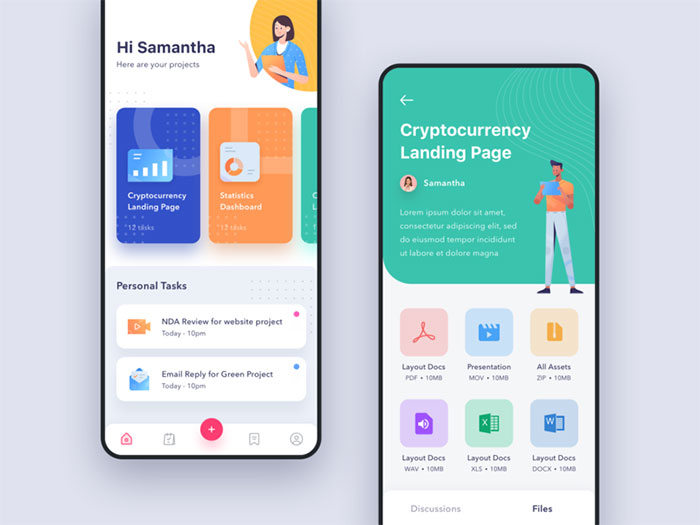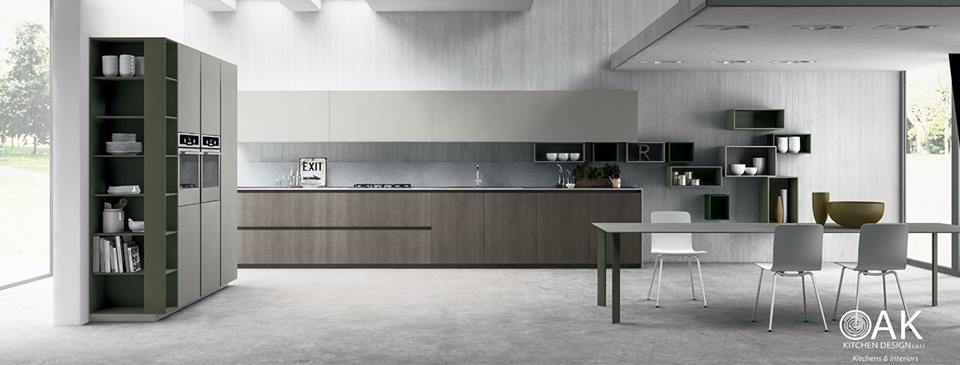
User interface designers bring a creative edge to the project, making your app or website stand out amongst the millions of other options out there. Even if you’re following a broader template of what a ride-hailing app or booking website should look like, creative UI design is how you can stand out. This role is suitable for empathetic, creative individuals who love learning. Due to the fast-paced nature of changes in the digital landscape, these design professionals need to stay ahead of industry trends, learn new tools, and be aware of changes in user behaviour.
Color Theory
It’s the process of creating interfaces (namely apps and websites) with a focus on look, style, and interactivity. A UI designer will design the movement between different screens, and create the visual elements—and their interactive properties—that facilitate user interaction. While UX and UI design teams often work closely together, the two design methodologies have distinct responsibilities and concerns.

common types of user interfaces
Build a unified user interfaces and keep them so between design and development. UXPin is a prototyping tool that’s committed to making user interfaces unified. Use its functionalities to achieve a sense of unity that’s easy to replicate in code. So after understanding UI design we know how important it is to carefully design a website user interface.
Types of User Interface Design (UI)
Good UI design is increasingly recognized as an essential tool to increase user engagement and create products that are both useful and visually pleasing. A well-designed user interface is crucial to ensuring a good user experience. Now we have a basic definition of UI design, let’s consider the difference between UX and UI design and how they work together.
Learn to design with your user’s needs and expectations in mind by applying Jakob Nielsen and Rolf Molich’s Ten User Interface Guidelines. These heuristics have been reflected in many of the products designed by some of the most successful companies in the world such as Apple, Google, and Adobe. Further evidence of how their design teams incorporate these rules into their design process is reflected in the user interface guidelines published and shared by these companies. This article will teach you how to follow the ten rules of thumb in your design work so you can further improve the usability, utility, and desirability of your designs. If you’re interested in technology, thrive on variety, and love to solve problems, user experience design might be a good fit.
Remember That UX Roles Are Ever-Changing
Once you're happy with your wireframe, bring it to life with prototypes. UI prototypes are meant to look and function as closely to the real thing as possible. Using the right prototyping tool, you can easily create interactive prototypes without having to send them off to developers yet. Miro lets you link between different objects on your board, allowing you to demonstrate what happens if a user were to click on a button or a menu item, for example.
Build advanced prototypes
The first role that comes to mind in the UI design space is of course that of the UI designer. This individual is responsible for the visual elements of a digital interface, such as its layout and icons, colour schemes, typography, and the overall visual aesthetic of a product or platform. Efficiency is a key consideration for every UI designer, which in practice means creating an interface that requires the user to take the fewest steps to reach their goal. The field of UI design, which is concerned with the optimization of design elements within a digital interface, has been attracting a lot of attention in recent years. This is due to the growing awareness of how a user’s experience with a digital product significantly shapes their impression of a brand.
Have you ever heard of a UX unicorn?
As organizations integrate UX design early and throughout the project lifecycle, they can identify potential usability issues before these become expensive problems. Brands and project managers can therefore reduce the risk of costly revisions and rework later in the development cycle, and save on future redesign and development costs. There are three major types of UI Design, Graphic user interface, motion user interface, and responsive user interface. Sometimes sharp contrast colors and fonts often hurt eyes and create extra unwanted attention. Try to keep less contrasting colors which can help you draw and retain customers.
Top Best Practices for User Interface Design
Constant feedback from the interface goes a long way to helping users interact smoothly. For every action they make there should be some sort of response that validates what they’ve done. This can help them correct actions or keep them focused on the next action instead of thinking of whether or not they did something. Your design has to also point out mistakes to users in a respectful manner to keep them on board.
Some examples include using color contrasts that keep visual impairment in mind or making sure people can fully navigate your website using just a keyboard. A well-designed user interface makes a big difference in how users perceive a product. When users can easily find their way around an interface and complete the activities they came to do, it’s not just good for user experience but also for business overall. Yet many organizations separate UX and UI teams, creating confusion over shared responsibilities. "Historically, UI designers have focused on visual detail and consistency, while UX designers have focused on user flows and information architecture," Hugo notes.
UI/UX Designer Job Description for 2024 - Simplilearn
UI/UX Designer Job Description for 2024.
Posted: Wed, 03 Apr 2024 07:00:00 GMT [source]
Together, they ensure that they consider every aspect of the user's journey and design it to be as intuitive and enjoyable as possible. Service design and UX design share a close relationship as both focus on optimizing and enhancing user interactions. UX design effectively integrates with Agile methodologies by focusing on user needs and rapid iteration. Agile methodologies prioritize flexible planning, early delivery and continuous improvement, which aligns closely with the iterative nature of UX design. In this integration, UX designers work in sprints, similar to software developers, to continuously refine and evolve design elements based on user feedback and testing results.
Additionally, Adobe’s choice of using a ‘hand’ is a great example of the second guideline where the system matches the real world. As Frank Spillers highlights in his video, understanding the 'context of use' is crucial. It involves observing users in their environment and understanding their experiences and needs. A computer or device’s UI is like the dashboard, steering wheel, gearshift, and pedals on a car, all put together.
When UX professionals understand how people perceive and engage with the designed world, they can create more intuitive, meaningful, and satisfying digital experiences. Wireframes play a critical role in the UX design process by serving as a blueprint for the layout and functionality of a website or application. Designers create wireframes in the early stages, typically during or right after the ideation phase. These wireframes provide a clear, visual structure of the user interface before any detailed design or development begins. Still, to select the most suitable UX design process for a project depends heavily on how well designers or design teams understand the project's unique context, goals, user needs and constraints.
An accordion is a vertically stacked list of items that utilizes show/hide functionality. Whether you’re new to Sketch, or back to see what’s new, we’ll have you set up and ready to do your best work in minutes. You’ll easily find an exit button on the top right of the screen, allowing you to opt out and explore the app for yourself. What’s worth noting is that the exit button is clearly visible, yet isn’t so big that it competes for your attention with the Begin button. It all helps to keep the page’s main intention crystal clear — and super simple to follow. Designing a UI for a website can be challenging, but its made easier with our Mac app’s intuitive UI.
Think of a webpage that doesn’t follow unity as the principle of design. Its header probably contains a mixture of different fonts, sizes, and colors for the logo, navigation menu, and contact information. The navigation menu items are scattered randomly, with no consistent spacing or alignment. Text blocks vary in font size, color, and alignment, making it difficult for users to follow the content flow.












